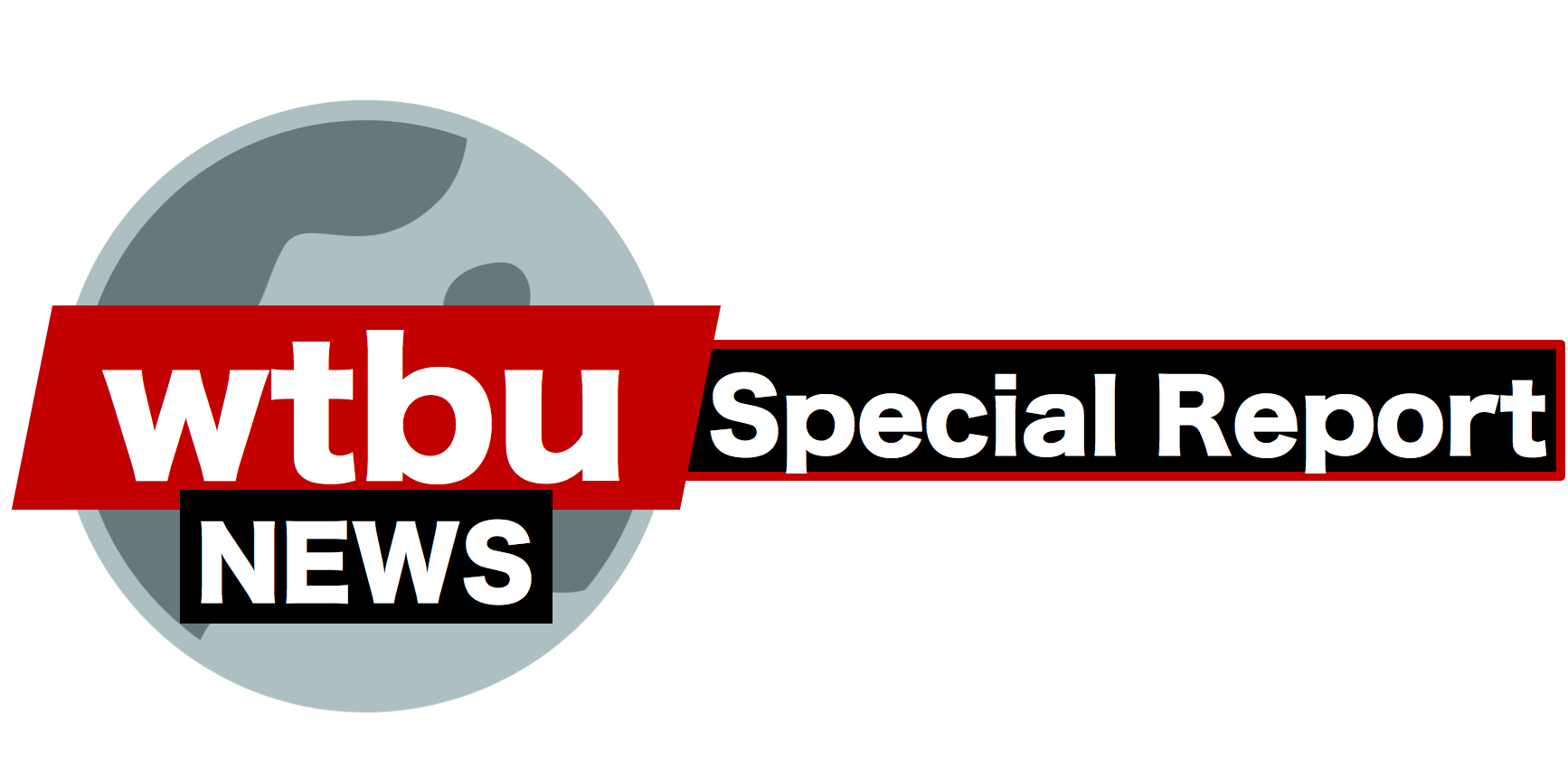Special Report by Luciano Cesta on LGBTQ Health in the US
When Conrado Cardenas, a gay man who lives in Roslindale, woke up on New Year’s Eve, he had a fever. His fever, which fluctuated between 101 – 103.7 degrees, would not abate for the next 21 days. Though he tested positive for COVID-19, he would not experience the typical symptoms.
“I had no loss of breath, no loss of taste or smell. All I had was a temperature,” said Cardenas, “it was very difficult because I had to sleep on towels. I was here by myself, people brought me food but I had to make myself eat.”
On the thirteenth day of his illness, he went to the emergency room, and while he eventually recovered he was worried about what would happen next. He has experienced loss during the pandemic.
“I’ve had friends who had passed that have had the COVID and once they started coughing it was like the end of it,” he said.
The LGBTQ community, of which Cardenas is a part of, may be at a higher risk of developing COVID-19 complications says a report released in the Center for Disease Control’s Morbidity and Mortality Weekly Report. Released on February 5th, the report found that sexual minorities are more likely to have pre-existing conditions that may cause severe COVID-19. The listed conditions include cancer, kidney disease, COPD, heart disease, obesity, smoking,
diabetes, asthma, hypertension and stroke.
Mark Estano, a nurse at Brigham and Women’s hospital who works with patients who have HIV, believes the findings.“We see that we have seen health disparities for the LGBTQ community for many many years and see its effect on those populations and see how it interfaces with other… health issues,” said Estano, “We’ve seen that there are so many comorbidities that are more common in the LGBTQ community.”
There are, however, problems creating an accurate picture of the effect of COVID-19 on the LGBTQ community. There is a lack of data on sexual orientation and gender identity when it
comes to COVID-19 data collected by public health officials. Dr. Kevin Heslin, one of the report’s co-authors, explains that he had to use other data to explore the topic. There is other data
that links COVID risk factors, sexual orientation and gender identity.
“My colleagues and I thought that, you know, since we can’t do research on COVID among sexual and gender minorities, we could do research on risk factors for COVID among seuxal and gender minorities,” said Dr. Heslin.
The CDC report suggests that the prevalence of asthma amongst sexual minorities is 55% more than in heterosexuals. Asthma was recently added to the list of conditions that could qualify one for a phase 2 vaccine. The report also says smoking is 43% more prevalent amongst sexual minorities. Smokers are also and were originally on that qualifying list.
Dr. Heslin has some ideas as to why certain conditions are more prevalent.
“Some of it could relate to a lack of culturally competent healthcare… that’s available to sexual and gender minorities,” he said, “Access to care could certainly contribute to… the development of those kinds of chronic conditions.” Joblessness and economic insecurity may also be hindering the ability to pay for care, he said.
Estano has similar sentiments. He says that people in the community may not have the same access to jobs, housing and health insurance that heterosexual people do. He says that this
is even more of the case for people who are racial or ethnic minorities as well as sexual or gender minorities. In addition, the healthcare environment may not be so welcoming according to him.
“In my own experience, I’ve seen that… folks who are sexual and gender minorities have [a] much higher degree of experiencing prejudice or downright harassment from healthcare
professionals” he said.
The report urges public health officials to collect more surveillance data on sexual and gender minorities and COVID-19. However, it may be difficult to do so. Dr. Heslin says that he can “only speculate” about why this data is not being collected more frequently.
“State and local health agencies might think that adding data elements on sexual orientation or gender minorities to… COVID-19 surveillance systems would just be a burden,” said Dr. Heslin.
He says that some state and local officials may not be as aware that sexual orientation and gender identity are connected to health.
